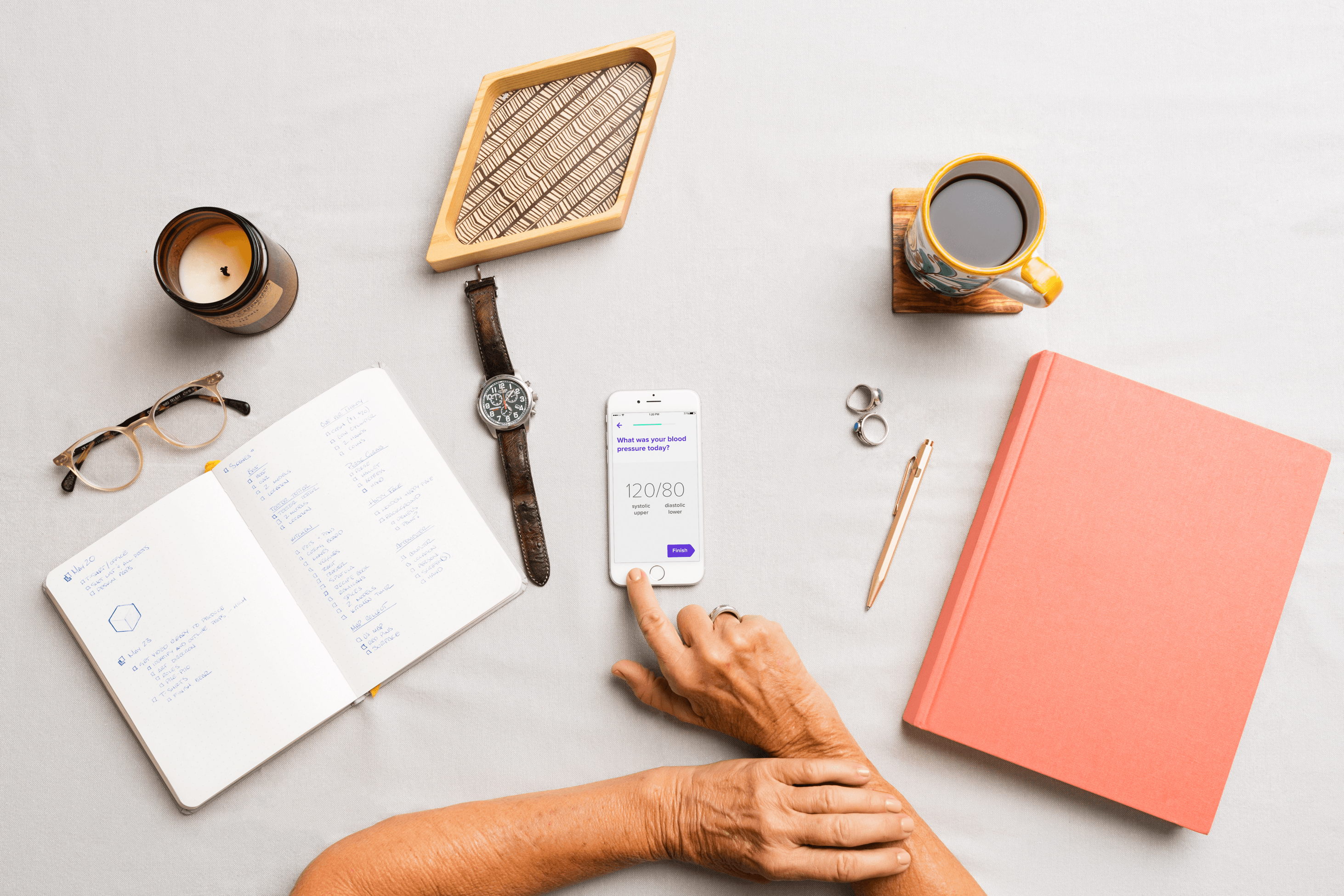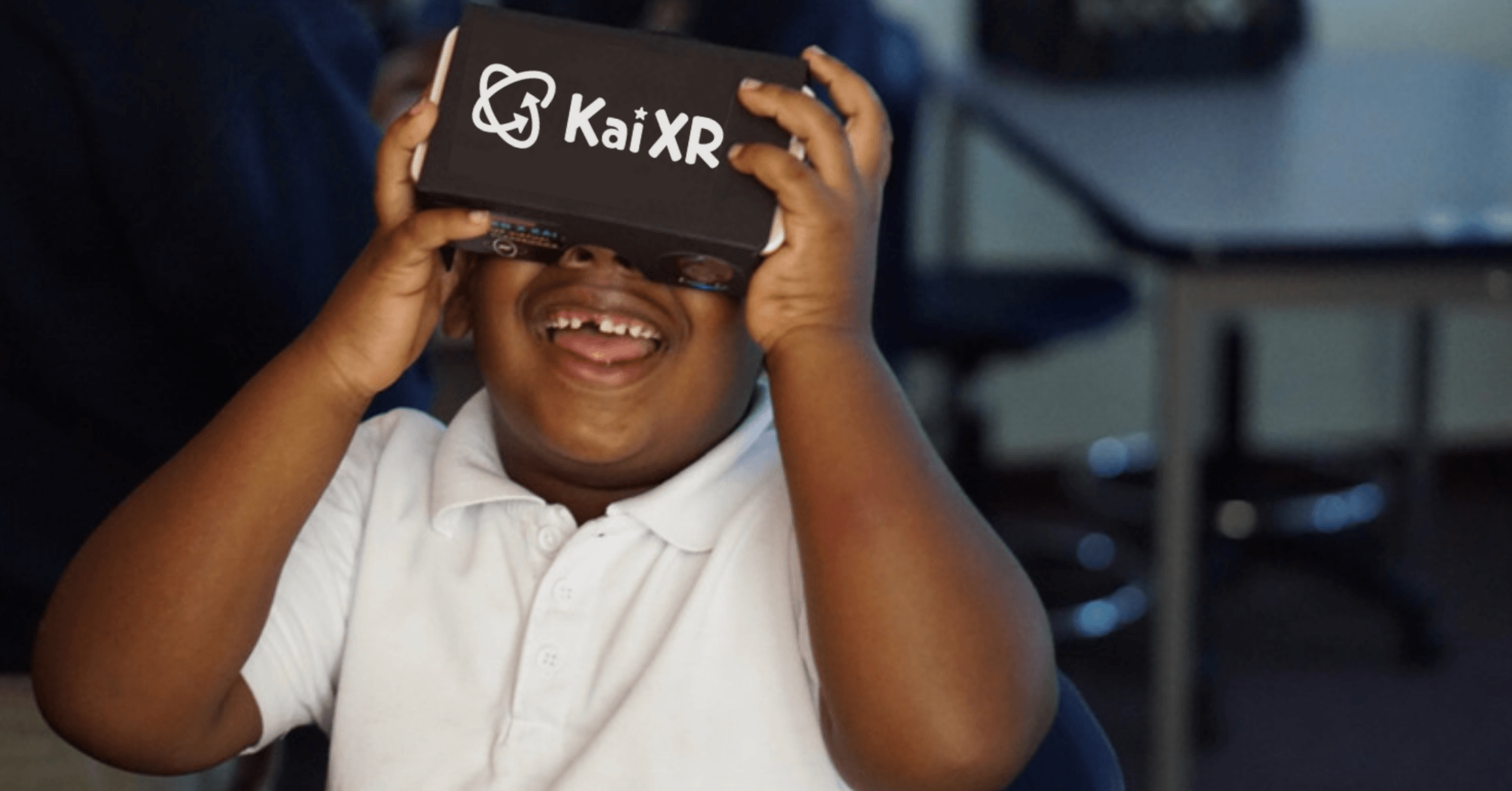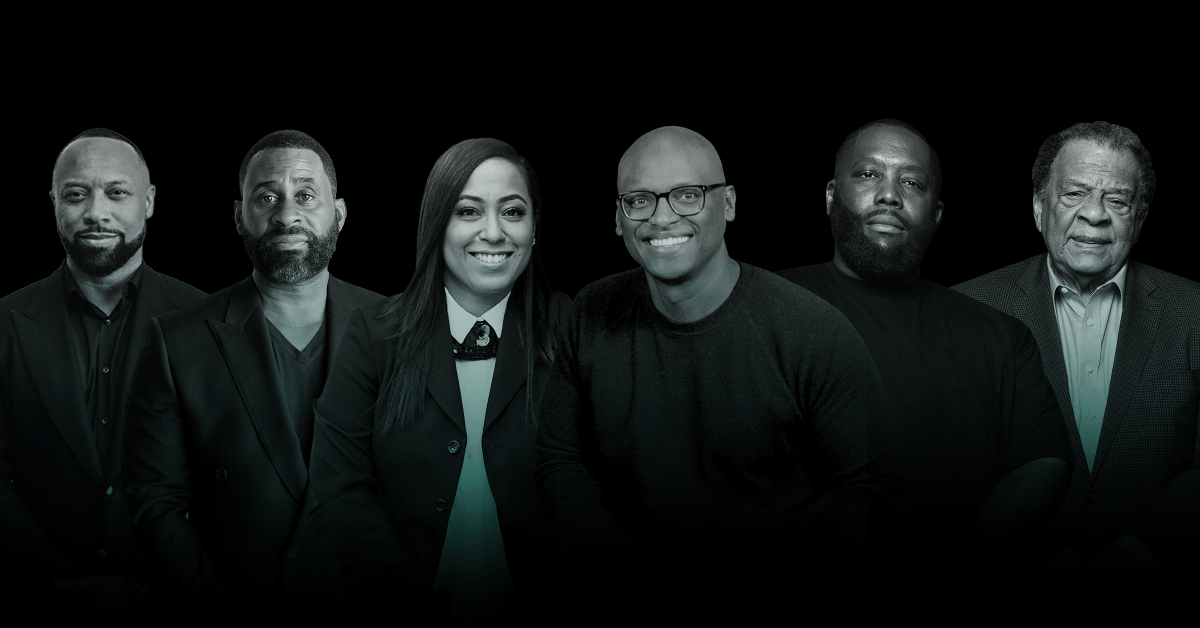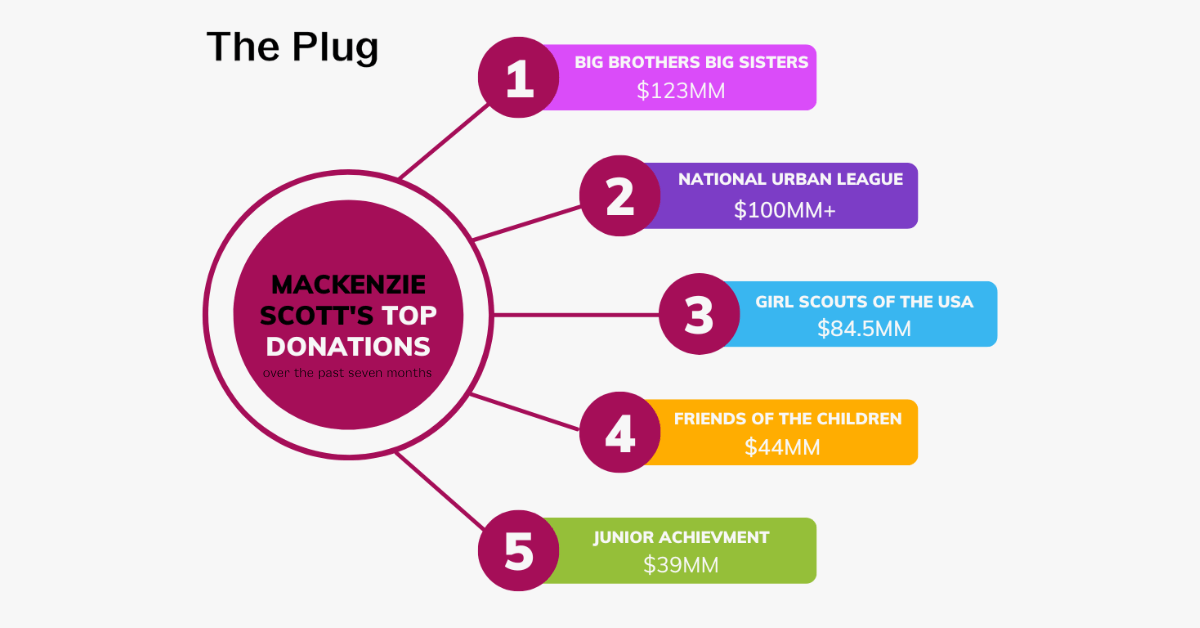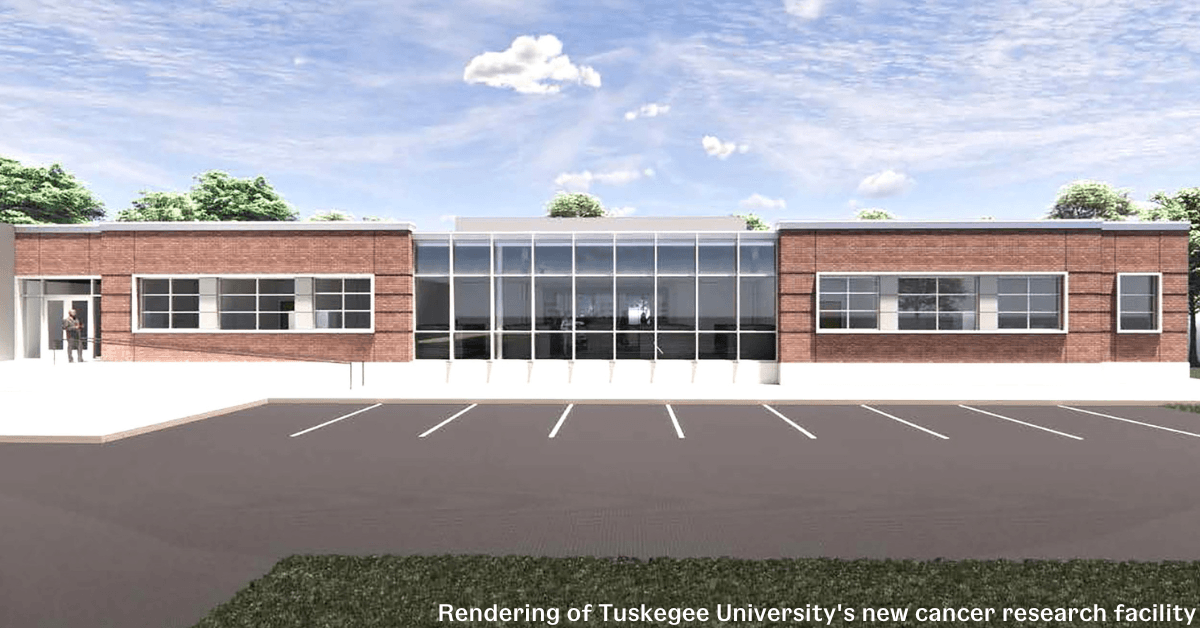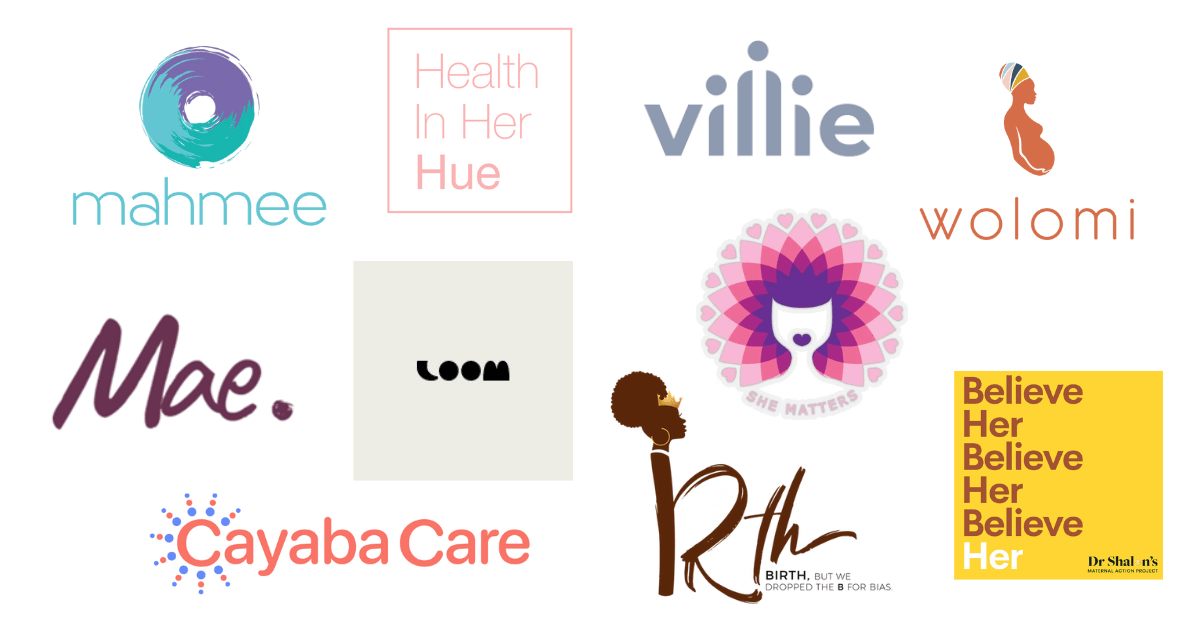KEY INSIGHTS:
- More than half of the Series A raise — $12 million — came from Black investors.
- The new $20 million infusion will go towards expanding efforts to get the rehab program reimbursed by Medicare and Medicaid and partnering with HBCUs to help diversify the cardiac rehab workforce.
- It will also support expanding the program to support multiple languages and have more culturally appropriate content for different ethnic groups.
Moving Analytics, a telehealth provider of cardiovascular prevention programs, has just raised a $20 million Series A that will be put towards expanding the company’s platform to better service underserved communities.
“The problem we’re solving with the product is that less than 20 percent of people do cardiac rehab today in the U.S., and that’s because there are very few rehab centers for patients to go into,” Ade Adesanya, co-founder and President of Moving Analytics, told The Plug.
According to Adesanya, more than half of the raise — $12 million — came from Black investors, a testament to the growth in Black VCs with more funding under management capabilities that can now help fund Black-led companies that are trying to help improve outcomes for people of color. The round was co-led by Wellington Access Ventures and Seae Ventures and included investments from Philips Ventures, SteelSky Ventures, Aphelion Capital, Nueterra Capital and Citi Ventures.

Moving Analytics had previously raised $10 million in pre-seed and seed funding, bringing its total investments to $30 million. The company’s flagship product, Movn, is a virtual cardiac rehabilitation program designed for people after they have had an acute cardiac event like a heart attack, heart surgery or heart failure.
The new $20 million infusion will go towards expanding efforts to get the program reimbursed by Medicare and Medicaid, partnering with HBCUs to help diversify the cardiac rehab workforce, expanding Movn to support multiple languages and having more culturally appropriate content for different ethnic groups.
A recent McKinsey analysis found telehealth use has increased 38 times from before the pandemic, and the global telemedicine market is projected to reach nearly $200 billion in 2023 and expected to continue growing from there.
Adesanya said traditionally, after a cardiac event a patient would have to go into a cardiac rehab center three times a week for 12 weeks. But there can be significant barriers to participation, like a scarcity of programs in rural and low-income communities, lack of transportation, language barriers or inconvenient hours of operation, according to the American Heart Association. Only 7.8 percent of eligible Black patients participate in cardiac rehab versus 19.6 percent of eligible white patients, the CDC found.
With Movn, patients are sent an Apple Watch, blood pressure cuff, scale and informational booklets to complete a two-phase program virtually. After an initial assessment to help understand what triggered the cardiac event to create a personalized plan, the first intensive phase lasts 12 weeks and includes exercise and nutrition classes, monitoring of the data from their devices and weekly virtual meetings with a Moving Analytics cardiac rehab coach who is typically a nurse or physician.
The next nine months of the program are a maintenance phase where Moving Analytics continues to do mostly remote monitoring of patients’ vitals. If they are trending in the wrong direction, coaches can reach out and provide guidance to help the patient stick to the lifestyle habits learned in the first 12 weeks.
Moving Analytics works with major insurers like Kaiser Permanente and Blue Cross Blue Shield-affiliate Highmark Health. It is available in 14 states with the goal to expand to all 50 states by the end of the year.
Around 4,000 people have used the Movn platform, with the majority utilizing it over the past two years during the pandemic, Adesanya said. The company has conducted research with the New York Department of Health and Kaiser Permanente, among others, to measure the outcomes of patients.
In each study, more patients enrolled in cardiac rehab using Movn than in-person rehab, according to figures provided by Moving Analytics. In New York, the enrollment rate for in-person rehab patients was 10 percent versus 70 percent for Movn patients. The Kaiser Permanente study had similar drastic enrollment jumps — before Movn, just 25 percent of patients enrolled in an in-person rehab but with Movn, 85 percent enrolled.
For Adesanya, he feels the mandate to help improve cardiac outcomes for underserved communities.
“Our mission is really to empower people with the tools and support they need to live and achieve their best cardiovascular outcomes,” Adesanya said.
But underneath that he also has a second mission: to make sure the Black investors who are supporting Moving Analytics will eventually have a successful exit so they can raise more funds to invest in other Black-owned businesses so that others have the shot that he has had.
“I feel a sense of duty to these investors to maximize their return so they can go on and raise future funds based on our success,” Adesanya said.

